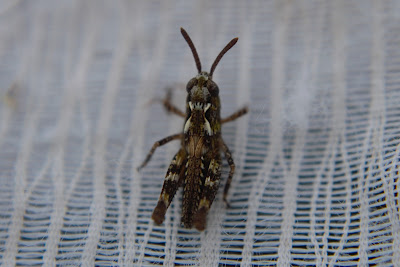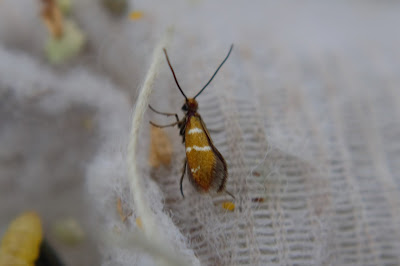Its not the semi-buried miners helmet or the recently discovered stash of unused NCB branded pit props that gets me to Forgeside, its the myriad of hidden wildlife that's grown to forgive the worst excesses of human exploitation. In nature time is a great healer, and for me this is a much more interesting narrative than the overpowering retrospectivness that's enveloped this community. That said much of the wildlife I cherish as a local born and bred naturalist is only there because the landscape has been wrung out and left to dry by former economic activity.
On the Gilchrist Thomas Industrial Estate there's an area of limestone slag - a by product of the Blaenavon Ironworks - that seems to have eluded those keen on industrial artifacts. Whilst there's much tub thumping about the damage caused to spoil tips by bikers this unique habitat is being nibbled away by the operational requirements of a nearby business, all of which appears to be beyond the gaze of landscape historians.
The recent warm weather has been ideal for invertebrate watching. Sweep netting through the verdant vegetation that's now a welcome feature of Blaenavon will reveal much for a biological recorder. A few examples are illustrated below.
 |
| Mottled Grasshopper |
 |
| Nemophora degeerella |
 |
| Micropterix aruncella |





